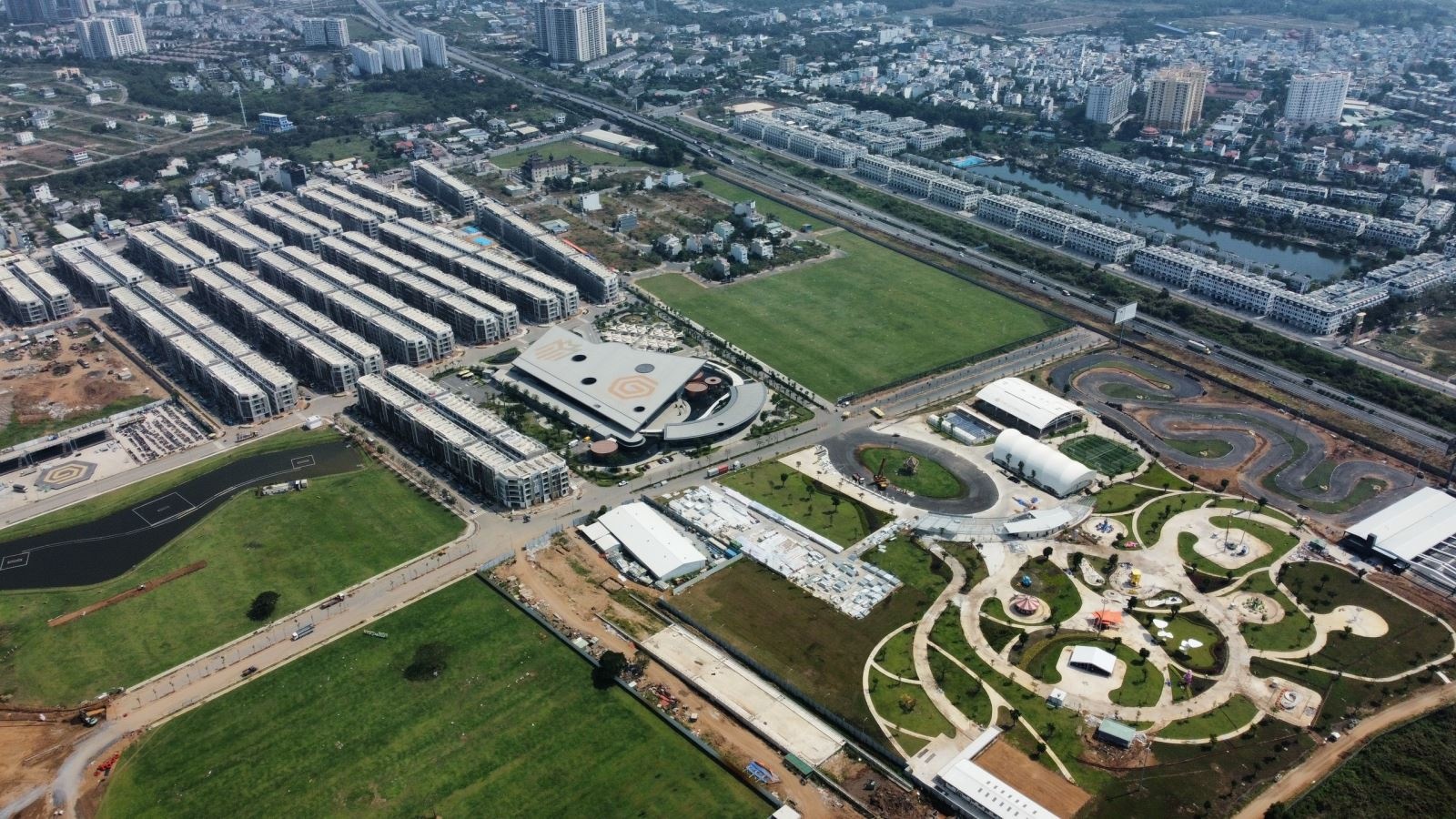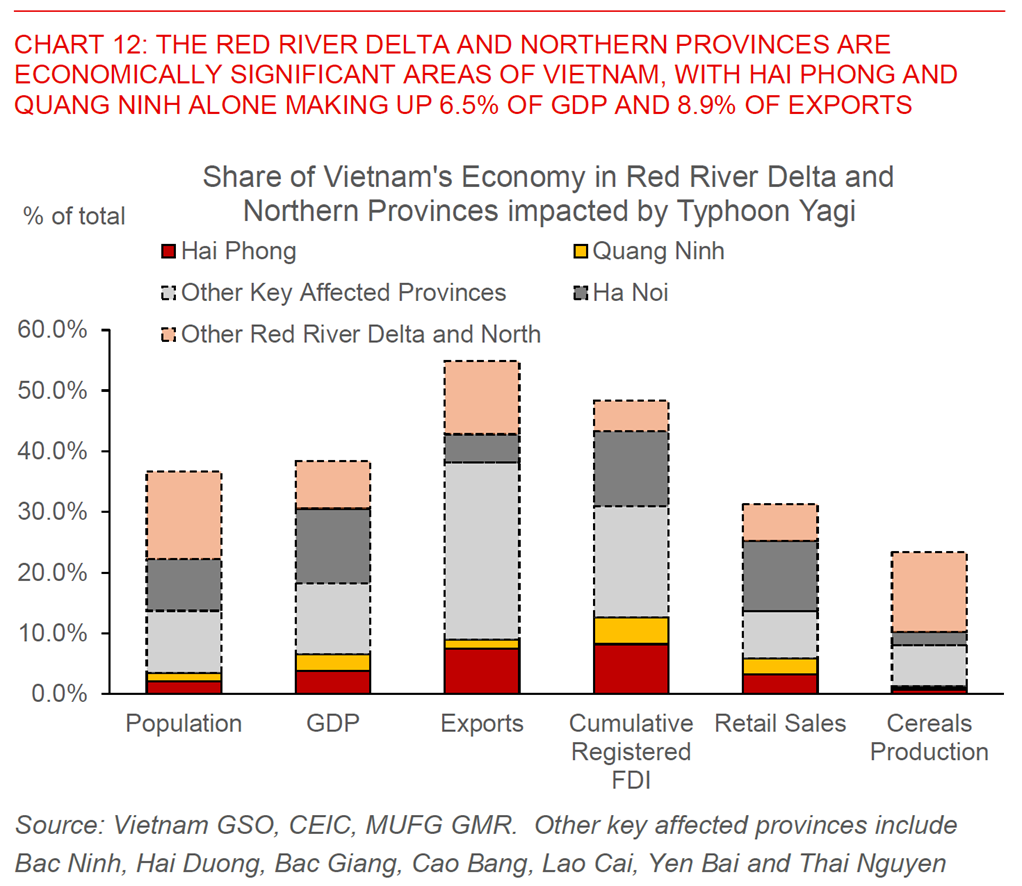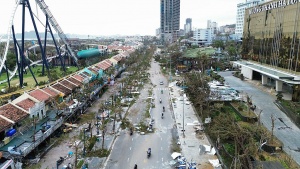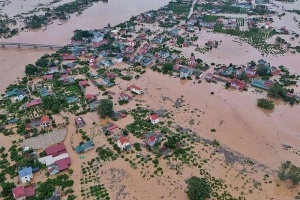Vietnam's logistics sector hardest hit by Typhoon Yagi
 |
On September 15, CEL, a consulting firm specialising in supply chain solutions, published its first comprehensive report detailing the profound impacts of Typhoon Yagi on northern Vietnam’s supply chains. The report, conducted between September 10 and 15, involved 216 companies from the manufacturing (38.7 per cent), retail and distribution (15.1 per cent), and supply chain and logistics (26.9 per cent) sectors, highlighting significant disruptions, economic losses, and recovery efforts.
The report pointed out 15.4 per cent of companies faced severe disruptions, while 53.6 per cent experienced manageable delays. Only 6.2 per cent reported no impact from Typhoon Yagi. 73.3 per cent of companies experiencing severe disruptions were from the supply chain and logistics sector, with port operators, third-party logistics providers, transporters, and cold chain services hardest hit.
In addition, power outages, damaged inventory, and road erosion and flooded areas severely disrupted supply chains in northern Vietnam.
The findings revealed that 44.6 per cent of businesses expect to recover within 1-2 weeks, aided by rapid resource mobilisation. However, actual recovery timelines may extend if unforeseen challenges arise.
Regarding the food supply chain, major retailers have responded swiftly, increasing shipments 2-4 times the usual volume to prevent food shortages. MM Mega Market, Central Retail, and Saigon Co.op significantly ramped up fruit and vegetable shipments from Lam Dong and southern Vietnam.
The agriculture sector also suffered from the typhoon, with 262,000 hectares of crops destroyed, 2,250 aquaculture farms lost, and nearly 2.3 million livestock killed. Agriculture is expected to take six months to several years to recover fully. While crops may recover within a year, livestock and aquaculture farms may take up to two years to return to full production.
CEL’s managing partner Julien Brun noted, “Once more, Nature has made its point, loud and clear. The era of predictable weather is over, and events like Typhoon Yagi are no longer exceptions. We must adapt to this new normal. The concept of ‘just-in-case’ must now be at the core of how we lead, decide, design, and operate our supply chains. This disaster is a wake-up call; we need to design differently, prepare better, and recover faster. The message is clear: resilience is not optional any more.”
 | Vietnam's GDP may slow up to 0.5 per cent due to Typhoon Yagi The impact of Typhoon Yagi may reduce Vietnam's 2024 GDP growth by between 0.2 per cent to 0.5 per cent, according to a report released by Mitsubishi UFJ Financial Group (MUFG) on September 16. |
 | Quang Ninh faces $960 million economic hit after Typhoon Yagi Typhoon Yagi is estimated to have cost Quang Ninh province $960 million, accounting for more than half of the national damages during this storm. |
 | Australia donates $2 million to Vietnam in wake of devastating typhoon The Australian government has donated AUD$3 million ($2 million) to Vietnam to help with humanitarian relief, emergency supplies, and other essential services in response to the devastation caused by Typhoon Yagi. |
What the stars mean:
★ Poor ★ ★ Promising ★★★ Good ★★★★ Very good ★★★★★ Exceptional
Related Contents
Latest News
More News
- Businesses ramp up production as year-end orders surge (December 30, 2025 | 10:05)
- Vietjet chairwoman awarded Labour Hero title (December 29, 2025 | 13:06)
- How to unlock ESG value through green innovation (December 29, 2025 | 10:03)
- AI reshapes media and advertising industry (December 29, 2025 | 08:33)
- FPT and GELEX sign deal to develop blockchain tech for global markets (December 29, 2025 | 08:29)
- Vietnam’s GDP forecast to grow by 9 per cent in 2026 (December 29, 2025 | 08:29)
- Women entrepreneurs are key to Vietnam’s economic growth (December 29, 2025 | 08:00)
- Vietnam's top 500 value-creating enterprises announced (December 27, 2025 | 08:00)
- The PAN Group shaping a better future with ESG strategy (December 26, 2025 | 09:00)
- Masan Consumer officially lists on HSX, marking the next phase of value creation (December 25, 2025 | 13:20)

 Tag:
Tag:





















 Mobile Version
Mobile Version